If you've ever wondered what the fastest animal in the world is, what the second fastest animal is or how humans compare to other fast mammals, then our expert guide is the place to find out. Could a human sprinter outrun these mammals?
Fastest animal in the world: the Cheetah – top speed 94kph
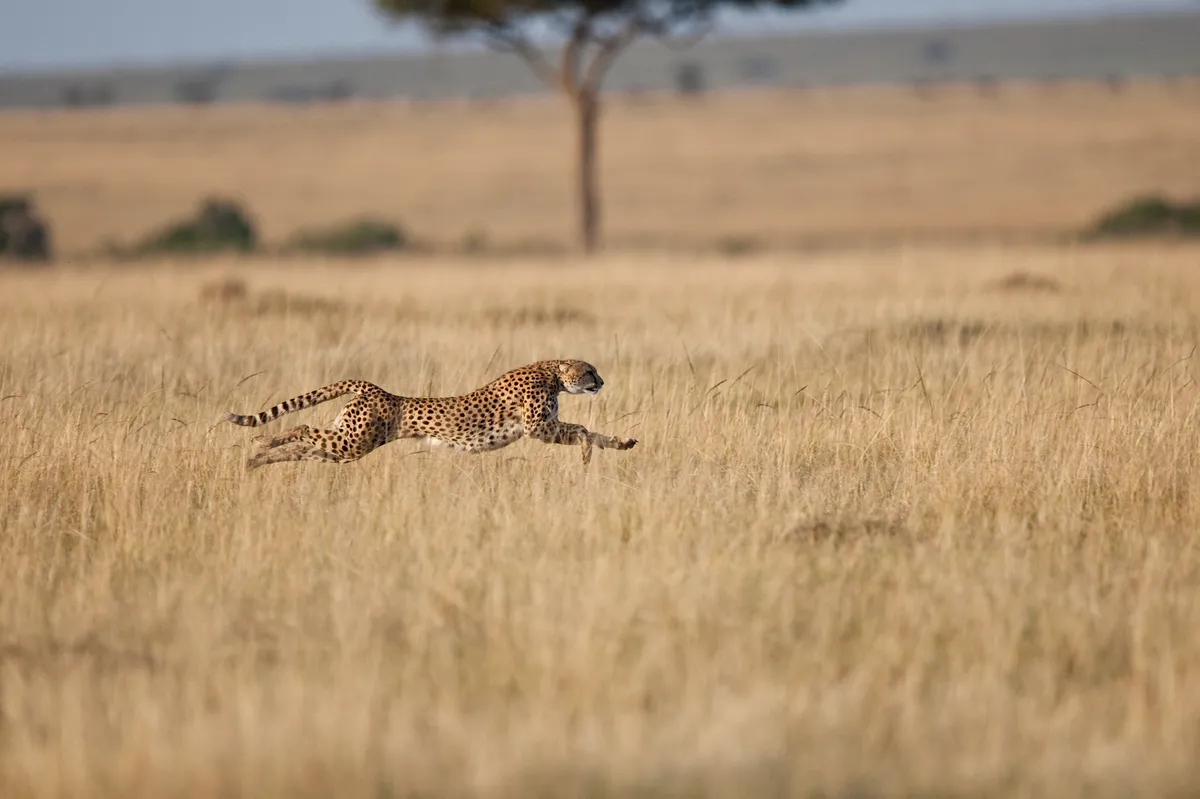
Cheetahs are not only fast but also have amazing acceleration. Researchers found they can increase their speed by 10kph in a single stride. Coupled with their ability to change direction, this is an essential part of their hunting strategy that enables them to take down gazelles that are twisting and turning in their efforts to escape.
Second fastest animal in the world: the Pronghorn – top speed 86kph
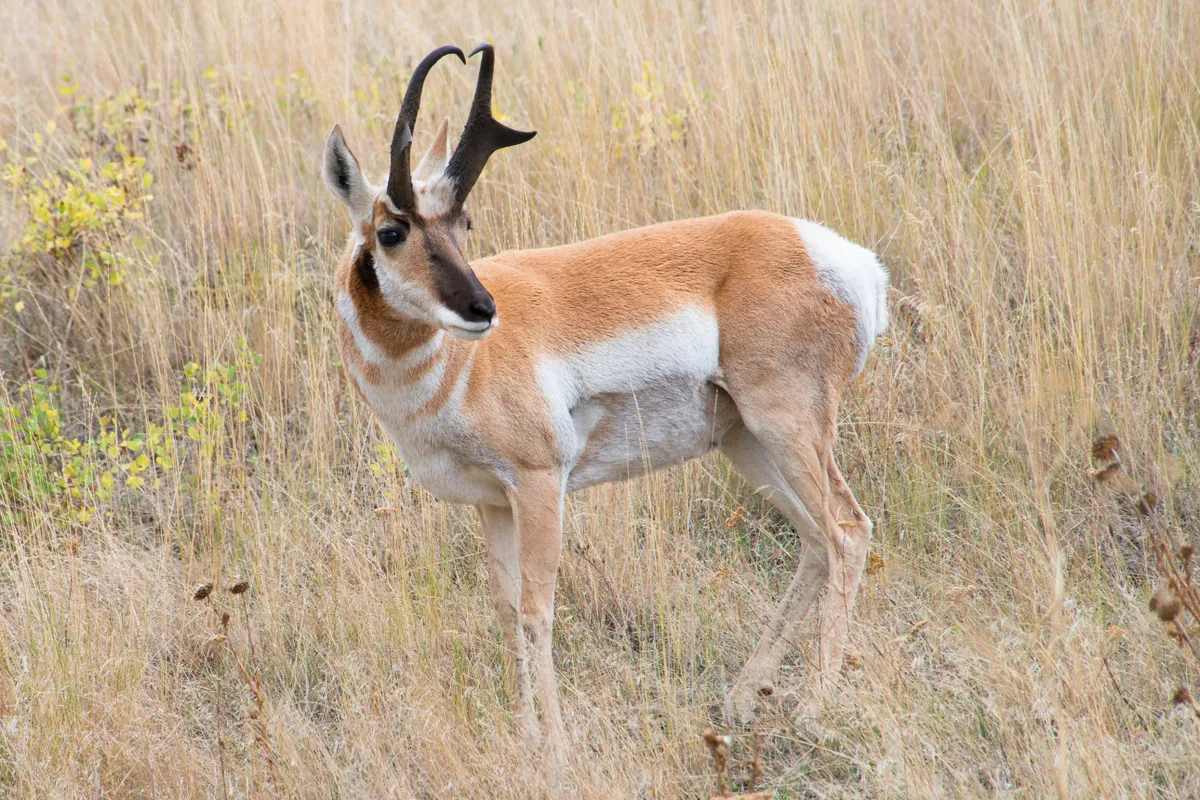
Pronghorns are herbivores that resemble both antelopes and deer, but are actually neither. They are found in Canada, the USA and Mexico, and their ability to run both fast and for very long periods allows them to comfortably outpace pursuing coyotes and bobcats.
Fastest British mammal: Brown hare – top speed 72kph
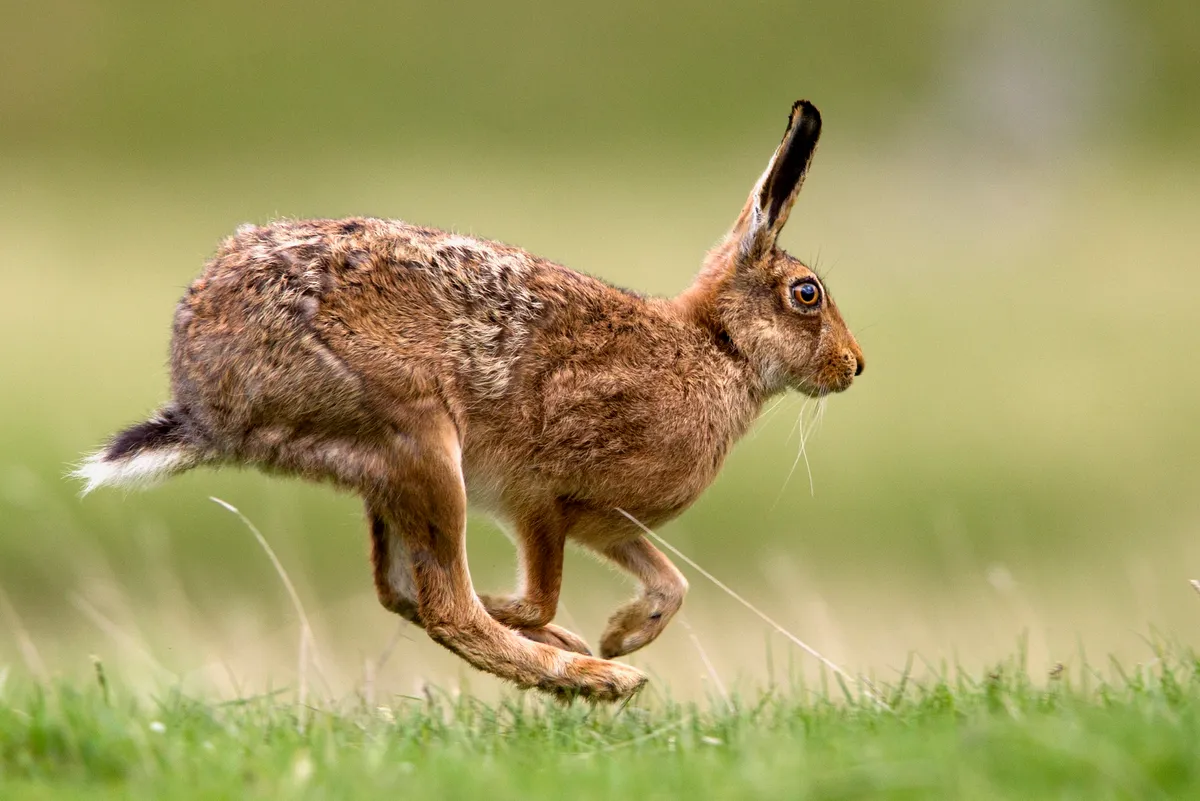
Brown hares are Britain’s fastest land mammal. Similar in appearance to rabbits, they live on open grassland landscapes rather than underground warrens. That’s why they need to be so quick, because, while rabbits can dive down a hole, hares must be able to out-run their pursuers.
African wild dog – top speed 56kph

African wild dogs may not be the world’s top sprinters, but unlike other carnivores they have incredible endurance, maintaining speeds of 60kph for up to 5km. Their hunting strategy depends on their being able to tire out their prey, which include species such as impalas, kudus, Thompson’s gazelles and springboks.
Red kangaroo – top speed 56kph
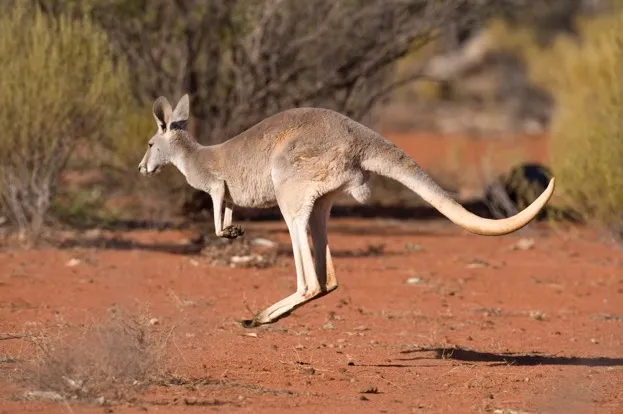
It’s not kangaroos’ top speed that makes them special, but how they move and their incredible stamina. Hopping is a very energy-efficient form of locomotion and, in the vast Australian outback, that’s good news when they may have to travel long distances in search of food.
Swift fox - top speed 48kph
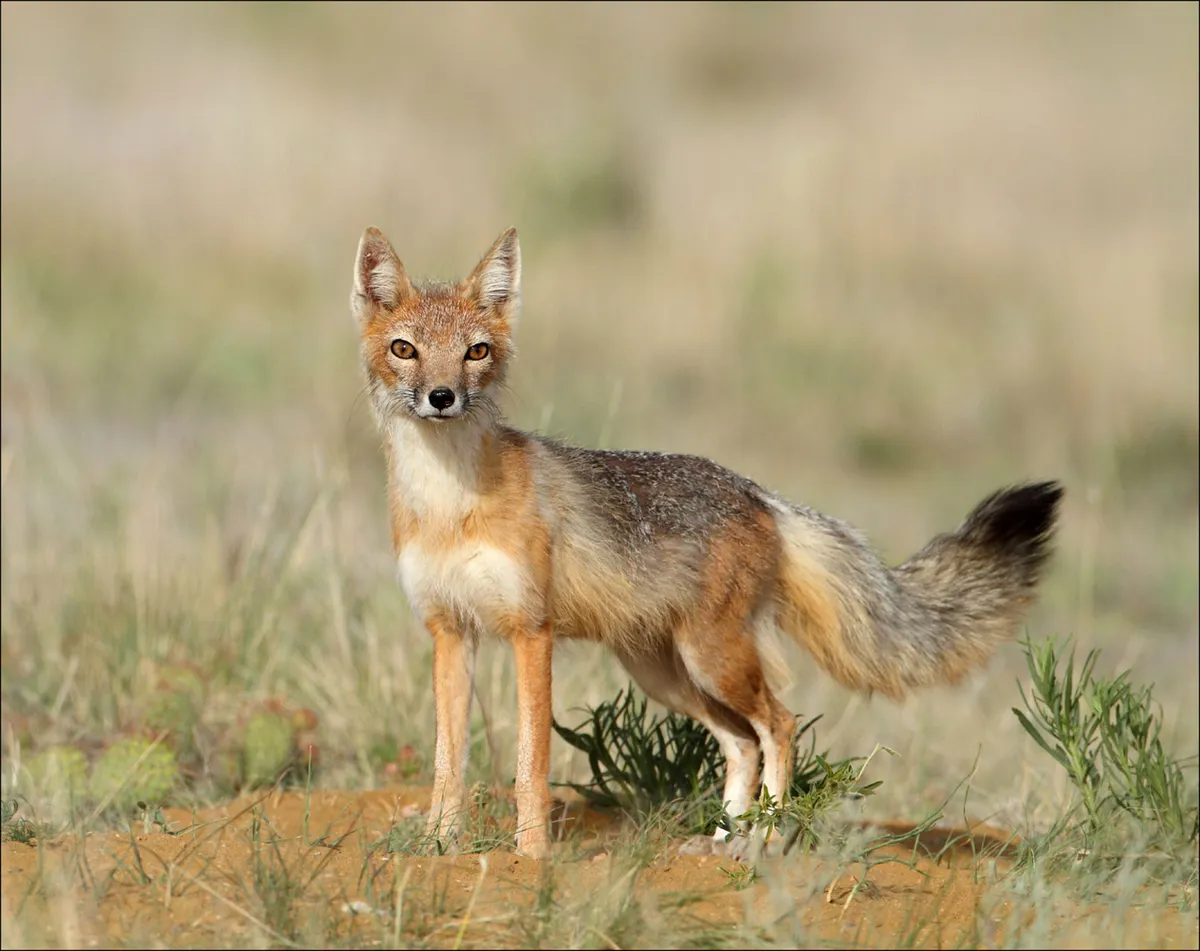
Swift foxes were named by European settlers to North America because of their naturally speedy behaviour. Adapted to living in grassland prairies, they need to be fast in order to catch prey such as jackrabbits, cottontails, rodents and birds, and to escape predators such as coyotes.
Human – top speed 45kph

This is Usain Bolt’s top speed measured on his record-breaking 100m sprint. Humans have evolved for endurance rather than speed, and our long-distance ability evolved as a strategy to wear down and hunt prey. Tribal hunters in the Kalahari in southern Africa still use this method.
Elephant – top speed 24kph
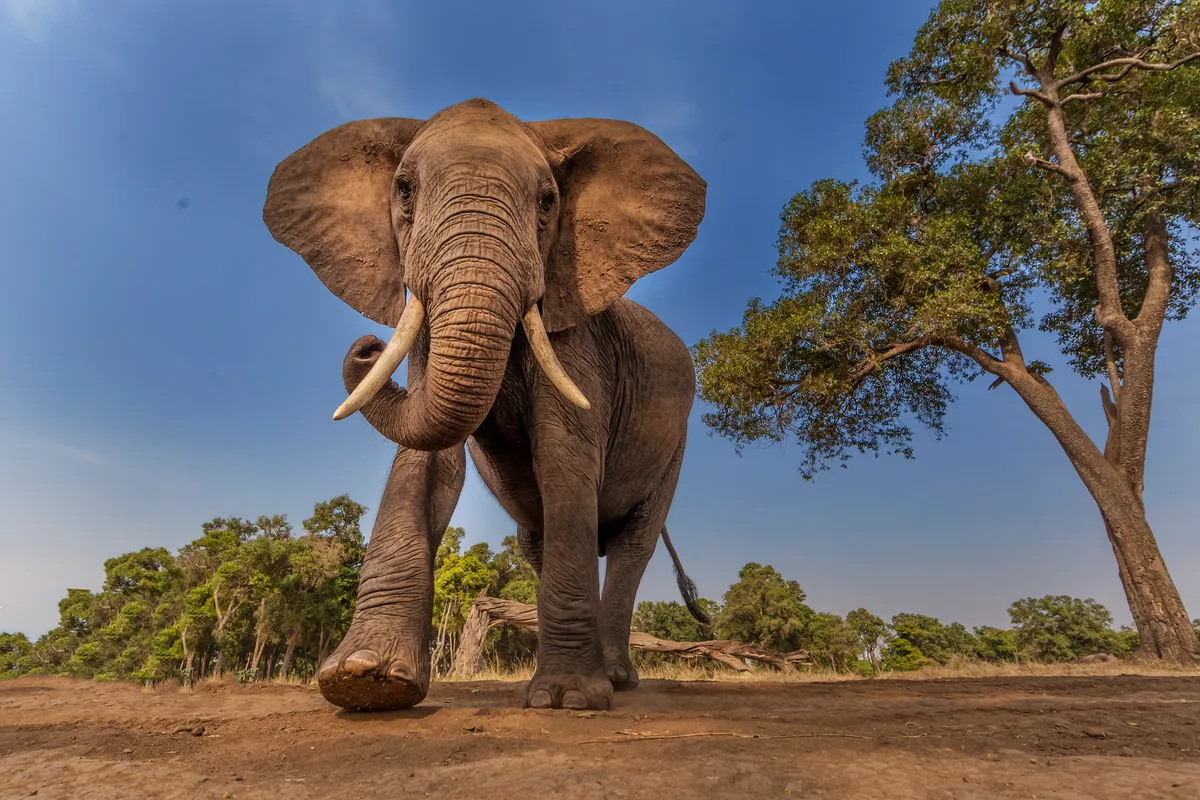
Recent research suggests that an elephant’s top speed is closer to 24kph than the often quoted 40kph, but having few natural enemies, they don’t need to move fast. They do travel great distances, however. In the deserts of Namibia, they have been recorded covering more than 200km to find food and water.
Elephant guide: species facts and best places to see in the wild
Hedgehog – top speed 2.4kph
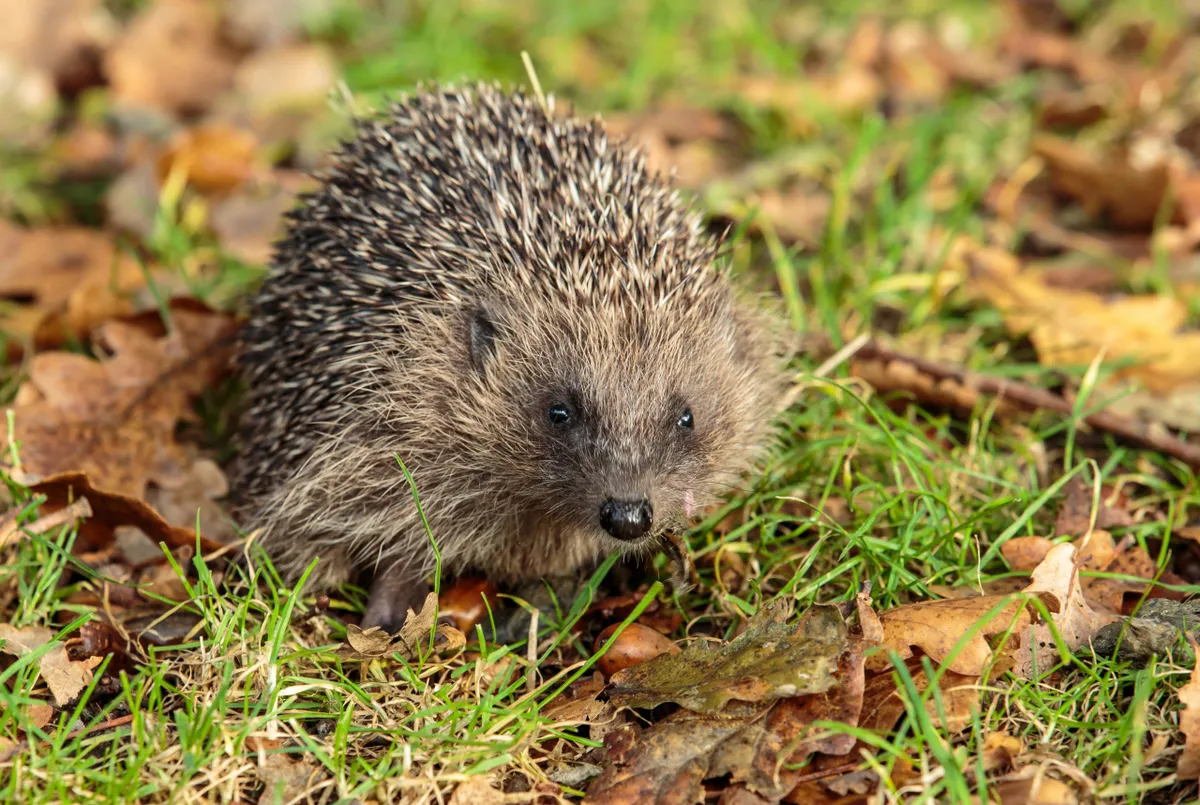
In general, hedgehogs don’t achieve even this speed. They may move slowly, but they can roam big distances – up to 2km during their night-time foraging for beetles, slugs and worms. Their main defence against predators is their spines, and once rolled up into a ball, only badgers can kill them.
European hedgehog guide: where to see and how to help hedgehogs
Slowest animal in the world (probably): Sloth – top speed 04kph

Sloths are adapted for living in trees, where they move very slowly. They only come to the ground to poo or, if necessary, to move to a different tree. Because a sloth may only need seven to 12 trees in its entire lifetime, this is a rare event!
Main image: Cheetah chasing Thomson's gazelle in the Masai Mara National Reserve, Kenya. © James Warwick/Getty
